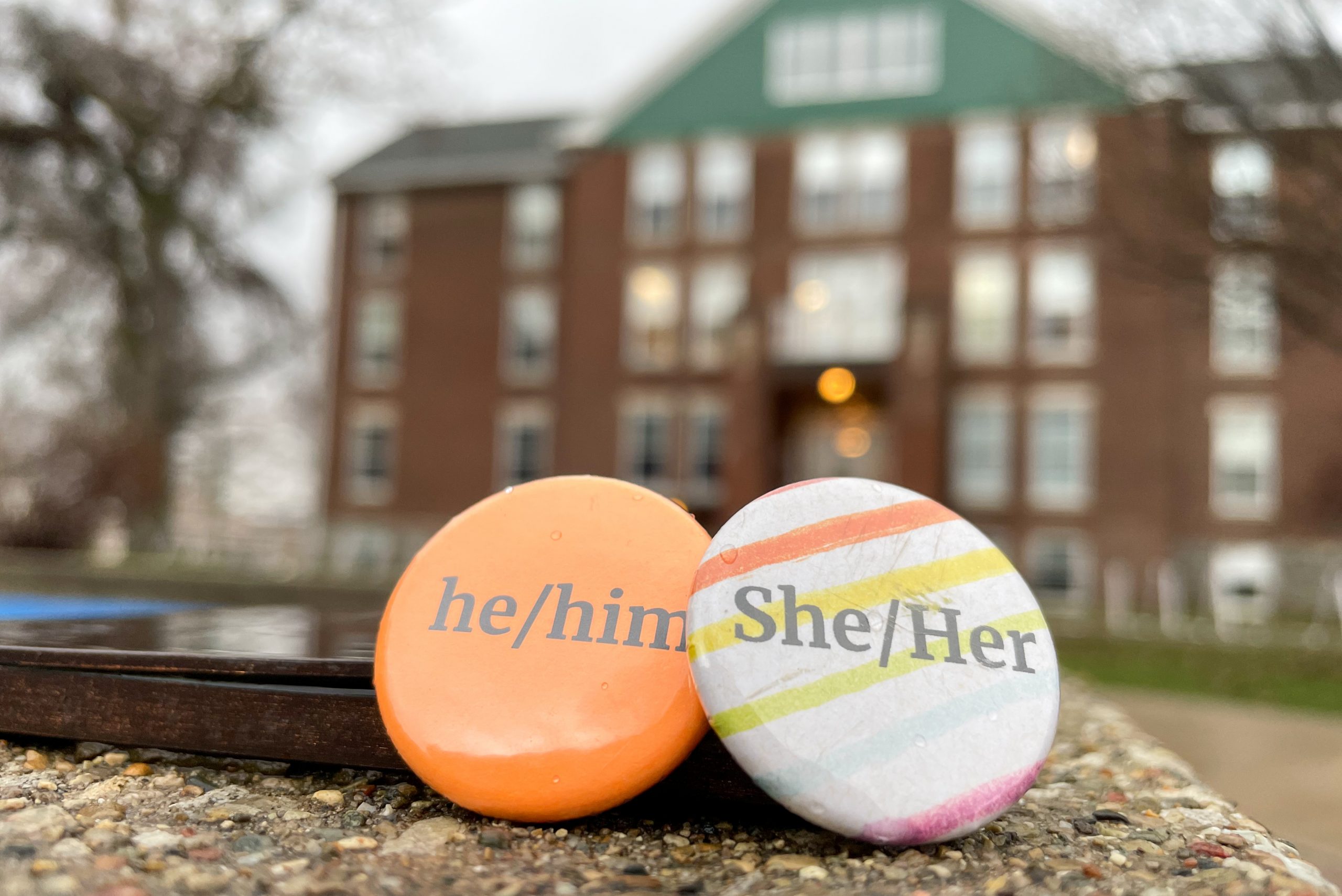After multiple short-lived attempts over the past few years, gender-inclusive housing will return to campus next fall.
Available to students of all genders, this housing option will be located on the first floor of Kulp. The Advocates club has been a long-time proponent of this addition, as its mission is to educate and promote open lines of communication between LGBTQ people and straight, cisgender communities.While an original plan would have labeled the floor an Intentional Living Community (ILC), as it has been in the past, the new model released by Residence Life categorizes it as a standard dorm floor — allowing students of any year to join.
“This was all spurred on by Advocates,” said Chandler Buchfeller, resident director for the Yoder dormitory. “They’ve been pushing for a new look at gender-inclusive housing, and we’ve been listening.”
While this is true, Eli Reimer, a co-leader of Advocates, credits the Goshen College student body with gaining enough momentum to get this housing plan off the ground. “This is really the first time we’ve seen this level of interest in a gender-inclusive floor. We’ve had pushes for it in the past, but not with the implementation we’re seeing now.”
The new plan is the result of months of discussions within the Residence Life program, input from Advocates and suggestions from students as well as the GC Title IX and Diversity, Equity and Inclusion offices. After undergoing several fairly drastic changes over the past few weeks, the working model was finalized by Residence Life this past Tuesday, according to Buchfeller.
“We want to do it right,” said Chad Coleman, GC’s director of housing and campus safety, “and we know [Advocates] wants to do it right. Our number one concern is that we always want every person to have a good experience.”
Coleman described the goal of this discernment process as “finding a consistent and sustainable model that will stay in place, year after year.” Although GC hasn’t had a model with this consistency before, gender-inclusive housing has been pitched in the past, as Reimer said.
According to Coleman, a “very poignant” Student Senate group pitched a coed floor in the early 2010s, although it never really went anywhere. A few years later, in 2019, a serious push for gender-inclusive housing was coordinated by the director of student involvement at the time, Corie Steinke.
Steinke’s name came up multiple times in conversations about the history of gender-inclusive dorms on campus. Reimer stated, “Steinke put a lot of work into creating the model, but student involvement and implementation just fell flat.”
In September 2019, Steinke was quoted in The Record regarding gender-inclusive housing, saying, “It’s a hill I’m going to die on because I will not let it go. It needs to be there.”
Although Steinke left GC a year later, her push for inclusivity within campus housing lives on. Steinke’s plan three years ago was to have a gender-inclusive floor on Miller Hall, which was initially considered this time as well.
Advocates pushed for a floor within the Kratz-Miller-Yoder complex, but Buchfeller said Residence Life chose Kulp to “allow for a lot of flexibility” in terms of student interest. The number of students applying to live in this housing may wax and wane year by year, and Buchfeller said that Kulp allows for more variation in numbers than a Miller floor would.
One disadvantage is that Kulp is significantly removed from the KMY complex, where most first- and second-years live. Additionally, all other dorms are still segregated by gender assigned at birth.
To ensure that the experience is positive, Buchfeller explains, the new floor will require a separate “community agreement” that all residents will sign alongside the typical Community Standards and Housing Policies before moving in. Both Buchfeller and Reimer made note of the concern that identifying a floor as “gender-inclusive” could create a target for bigotry, which is why Residence Life decided to implement an additional community agreement.
While any student is allowed to apply for the housing, a primary goal remains: providing a living space for LGBTQ students to feel comfortable and safe, especially underclassmen, who cannot live in the student apartments or ILCs.
“Ideally, this school should have embraced coed housing a long time ago,” said Reimer. “This model isn’t perfect, but it’s the best we’ve got, and it’s a good start.”



